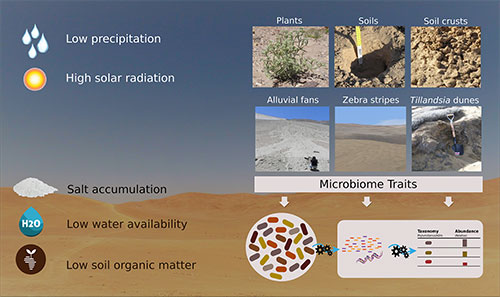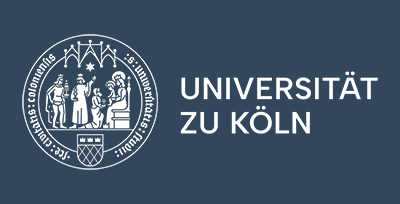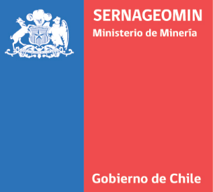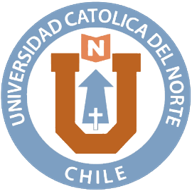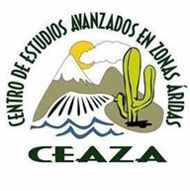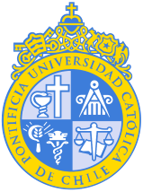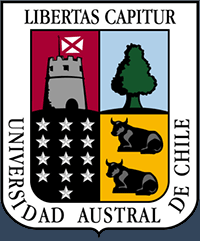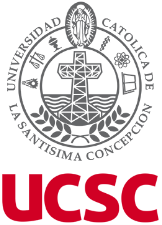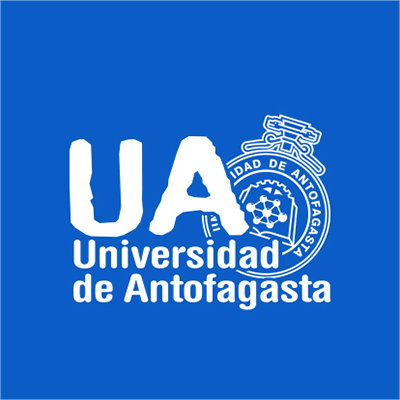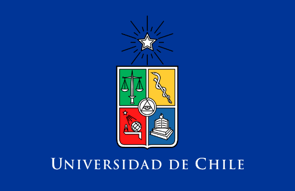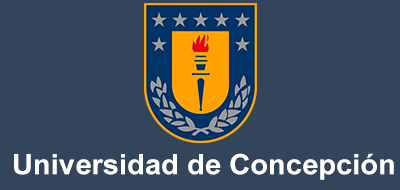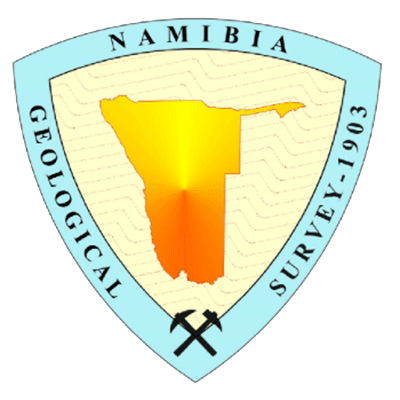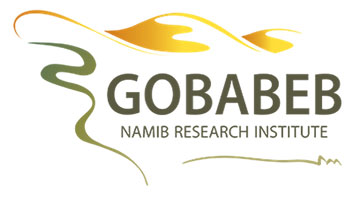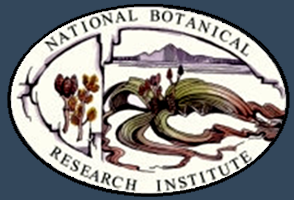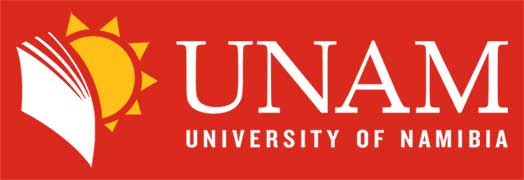Eat, sleep or die? Microbial activity, survival strategies and preservation in hyperarid deserts
Research areas: Soil sciences, Microbial Ecology and Applied Microbiology
Principal investigator: Prof. Dr. Claudia Knief
Project Info: Phase 3
In previous work, we showed that traces of life occur nearly ubiquitous in the Atacama Desert. However, we have yet to determine whether these traces represent remnants of past life or to what extent they indicate a dormant but viable or even metabolically active microbiome. Though the presence of viable cells has been proven in soils and sediments, no systematic effort has yet been made to investigate this aspect in different desert habitats and in dependence on disconnectedness from the often-limiting resources, water and organic carbon. More importantly, there has still been little effort to link the viability and metabolic activity of microorganisms to microbiological processes that are crucial for the functioning and evolution of desert ecosystems. We meanwhile know that specific taxa, especially Actinobacteria, often dominate in hyperarid soils and show metabolic activity even under least water availability. They appear to overcome substrate limitation by using energy from atmospheric hydrogen (H2) oxidation, but it remains unclear why they apparently demand less water than others for activity. We hypothesize that they profit from metabolic water. To address these aspects, we combine microbiological expertise with specialized analytical techniques. We will study microbial viability and activity in surface crusts, Tillandsia dunes and halite drill cores by tracing biomarkers and nutrient cycling. Besides a basic microbial and chemical sample characterization, we will perform viable cell counts, differentiate between extra- and intracellular DNA prior to community analysis, use dipicolinic acid (DPA) as a biomarker for endospores and amino sugars as markers for microbial residues. We therewith extend community profiling by indicators of microbial dormancy and necromass accrual, which will be complemented by 18O‑water stable isotope tracing to track the metabolic activity of living microorganisms, as well as of their fingerprint over time on extractable P in the desert. Metabolic water production will be studied in bacterial pure cultures by analyzing substrate-derived isotopic imprints of O2 and H2 in cellular water. Consequently, in the last phase of this CRC we aim at (I) disentangling to what extent the molecular signatures of microorganisms in desert habitats represent microbial remnants, dormant but viable cells, or even metabolically active cells, (II) validating that microorganisms with different survival strategies occur in contrasting habitats such as dunes and surface crusts, controlled in past and present metabolic activity by water availability and modulated by soil organic matter, and (III) test the hypothesis that cells can accumulate substantial amounts of metabolic water, supported by the oxidation of H2, to overcome water limitation. As we approach the completion of this CRC, our goal is to peek beyond the microbial cell wall, deepen our understanding of microbial life in one of the Earth's most arid regions, and conclude about the relevance of this life for ecosystem functioning and desert evolution.
Phase 2
Microbial life under hyperarid conditions
Research areas: Microbial Ecology and Applied Microbiology
Principal investigator: Prof. Dr. Claudia Knief
The Atacama Desert represents an extreme environment for microorganisms, caused by the strong limitation of water. Microbial life and even more so activity are restricted to specific habitats in this hyperarid environment. In our project, we study the distribution, activity and adaptation of microorganisms in different desert habitats.
The first line of research is the identification of microbial habitats and the environmental factors that control life in these habitats. Our project thereby focuses on small-scale heterogeneity of microbial communities in desert landscape elements such as Tillandsia dunes, alluvial fans or zebra stripes. We have already demonstrated that changes in microbial community composition in soil corresponds well to aridity gradients along transects of several tens of kilometers, but predict that additional factors become relevant to explain small-scale variation.
The role of water for microbial activity remains a second major aspect in our project. Here, we focus on the induction of microbial activity upon water availability in hyperarid desert soils. Besides water limitation, microorganisms in soil encounter very limited availability of organic carbon. Therefore, we are interested to study the strategies developed by the soil microorganisms to overcome this limitation, e.g. by using atmospheric trace gases or autotrophic carbon assimilation pathways. The study of the existence of such metabolic and further adaptation mechanisms is representing the third major aspect of our project.
Taken together, our work is expected to provide a better understanding about the occurrence of microbial life and major factors that affect this life, focusing in particular on Earth surface properties, as well as climate-related factors. Knowledge about the limits of microbial life and activity in dependence on water availability will allow drawing conclusions about the potential role of microorganisms on desert landscape shaping and stabilization processes under hyperarid conditions, considering that microorganisms may modulate soil surface properties.
Phase 1
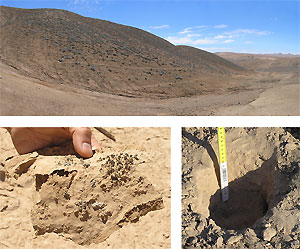 Figure: Possible hot-spots for microbial life in the Atacama Desert: plants, soil crusts and the soil itself. Figure: Possible hot-spots for microbial life in the Atacama Desert: plants, soil crusts and the soil itself. |
Bacteria: Distribution and activity of microorganisms in the Atacama Desert
Research areas: Microbial Ecology and Applied Microbiology
Principal investigator: Prof. Dr. Claudia Knief
Microbiological research in the Atacama Desert is largely driven by search for life in the hyperarid core. The occurrence of microorganisms has been found to be patchy and appears to be restricted to specific habitats with favorable environmental conditions, especially with regard to water availability. We study microorganisms in the Atacama Desert under three different aspects: distribution, activity and ecosystem function.
Biogeographic patterns of bacterial communities residing in different habitats of this ecosystem are analyzed and compared with each other. The focus will be on bacteria living in association with plants, animals, as well as in soil. The observed distribution patterns will be correlated to plant, protozoa and insect radiation data to prove the hypothesis of co-dispersal and possible co-evolution of macro- and microorganisms under extreme environmental conditions. Integration with physiochemical soil parameters and climatic data derived in the other projects of this CRC will allow conclusions about correlations between these parameters and bacterial occurrence.
Microbial activity is studied in dependence on water availability in samples from the Atacama Desert based on respiratory activity and metabolically active microorganisms are identified. The detection of DNA as molecular marker for microorganisms alone does not yet indicate the presence of viable cells. In particular in desert soils where biological degradation of organic matter is slow, these molecules may represent cell constituents of dead microbial cells, leftovers from periods of more favorable environmental conditions. This aspect is addressed in more detail in cooperation with project partners of D04 and B05.
The role of the desert microbiota for geomorphology is studied in collaboration with project C03, focusing on microorganisms in soil surface crusts. The important role of microorganisms in biological soil crust formation and the presence of such crusts for surface stabilization of vegetation-less areas is well known, but in the Atacama Desert, the role of microorganisms in (biological) soil crust formation has not yet been studied in detail. Microbial communities in different types of soil surface crusts are thus analyzed to assess the microbial colonization of different crusts in the Atacama Desert.
Publications
Project B4 - Publications
Articles
Jaeschke, A., May, M., Hakobyan, A., Mörchen, R., Bubenzer, O., Bernasconi, S., Schefuß, E., Hoffmeister, D., Latorre, C., Gwozdz, M., Rethemeyer, J., Knief, C., 2024.
Microbial hotspots in a relict fog-dependent Tillandsia landbeckii dune from the coastal Atacama Desert.
Global and Planetary Change. 104383, 1 - 1. DOI: https://doi.org/10.1016/j.gloplacha.2024.104383.
Hakobyan, A., Velte, S., Sickel, W., Quandt, D., Stoll, A., Knief, C., 2023.
Tillandsia landbeckii phyllosphere and laimosphere as refugia for bacterial life in a hyperarid desert environment.
Microbiome. 11 (246), 1 - 18. DOI: https://doi.org/10.1186/s40168-023-01684-x.
Fuentes, B., Choque, A., Arenas-Díaz, F., Mörchen, R., Amelung, W., Knief, C., Moradi, G., Klumpp, E., Bol, R., 2022.
Influence of Physical-Chemical Soil Parameters on Microbiota Composition and Diversity in a Deep Hyperarid Core of the Atacama Desert.
Frontiers In Microbiology. 1 - 14. DOI: 10.3389/fmicb.2021.794743.
Di, W., Senbayram, M., Moradi, G., Mörchen, R., Knief, C., Klumpp, E., Jones, D., Well, R., Chen, R., Bol, R., 2021.
Microbial potential for denitrification in the hyperarid Atacama Desert soils.
Soil Biology and Biochemistry. 157 (108248), 1 - 8. DOI: 10.1016/j.soilbio.2021.108248.
Knief, C., Bol, R., Amelung, W., Kusch, S., Frindte, K., Eckmeier, E., Jaeschke, A., Dunai, T., Fuentes, B., Mörchen, R., Schütte, T., Lücke, A., Klumpp, E., Kaiser, K., Rethemeyer, J., 2019.
Tracing elevational changes in microbial life and organic carbon sources in soils of the Atacama Desert.
Global and Planetary Change. 1 - 14. DOI: https://doi.org/10.1016/j.gloplacha.2019.103078.
Jones, D., Olivera-Ardid, S., Klumpp, E., Knief, C., Hill, P., Lehndorff, E., Bol, R., 2018.
Moisture activation and carbon use efficiency of soil microbial communities along an aridity gradient in the Atacama Desert.
Soil Biology and Biochemistry. 117, 68 - 71. DOI: https://doi.org/10.1016/j.soilbio.2017.10.026.
Event Papers
Amelung, W., Bol, R., Dunai, T., Fuentes, B., Jaeschke, A., Lehndorff, E., Knief, C., Klumpp, E., Kusch, S., Mörchen, R., Rethemeyer, J., 2019.
Tracing altitudinal changes in microbial life and organic carbon source in soils of the Atacama Desert.
Geophysical Research Abstracts. Proc. of EGU General Assembly 2019, 21 (EGU2019-8930-1), April 07 - 12, 2019, Vienna, 1 - 1.
Sickel, W., Kinkel, D., Knief, C., 2019.
Ex situ irrigation of Atacama soil stimulates bacterial respiration but doesnot induce changes in the microbial community.
Geophysical Research Abstracts. Proc. of EGU General Assembly 2019, 21, April 07 - 12, 2019, Vienna, 16560 - 16560.
Data
Project B4 - Research Data
Jaeschke, A., 2024.
Microbial hotspots in a relict fog-dependent Tillandsia landbeckii dune from the coastal Atacama Desert.
CRC1211 Database (CRC1211DB).
Jaeschke, A., Knief, C., 2024.
Mapping file for PRJEB61789 project.
CRC1211 Database (CRC1211DB).
Knief, C., Jaeschke, A., 2024.
Suppementary materials: "Microbial hotspots in a relict fog-dependent Tillandsia landbeckii dune from the coastal Atacama Desert".
CRC1211 Database (CRC1211DB). DOI: https://doi.org/10.1016/j.gloplacha.2024.104383.
Hakobyan, A., Knief, C., 2024.
Mapping file for PRJEB57843 project.
CRC1211 Database (CRC1211DB).
Hakobyan, A., Knief, C., 2024.
Sample information datasheet for PRJEB57843 project.
CRC1211 Database (CRC1211DB).
Hakobyan, A., Knief, C., 2024.
Run information datasheet for PRJEB57843 project.
CRC1211 Database (CRC1211DB).
Hakobyan, A., Knief, C., 2023.
Suppementary tables: "Tillandsia landbeckii phyllosphere and laimosphere as refugia for bacterial life in a hyperarid desert environment".
CRC1211 Database (CRC1211DB). DOI: 10.1186/s40168-023-01684-x.
Knief, C., 2019.
Supplementary data: Tracing elevational changes in microbial life and organic carbon sources in soils of the Atacama Desert.
CRC1211 Database (CRC1211DB).
Knief, C., 2019.
16S rRNA gene sequence data deposition Aroma transect.
CRC1211 Database (CRC1211DB).




